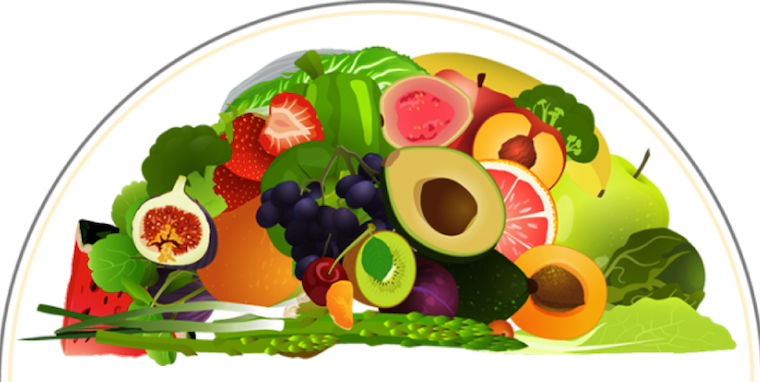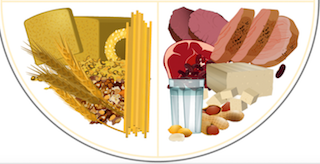Do you Cultivate Gratitude?
One of the first things we teach our children to say is “thank you.” Since children get a lot of help with their daily activities, they have many opportunities to say thank you. In doing so, children are actively cultivating gratitude. Something happens as we become adults, and the simple words “thank you” are often forgotten as we take things for granted. Reciprocally, the words “you’re welcome” are now often replaced with “uh huh” or nothing at all.
According to Andrew Newberg, M.D. and Mark Robert Waldman, words literally can change your brain. In their book, Words Can Change Your Brain, they write: “A single word has the power to influence the expression of genes that regulate physical and emotional stress.” Positive words, such as “peace” and “love,” can alter the expression of genes, strengthening areas in our frontal lobes and promoting the brain’s cognitive functioning. According to the authors, they propel the motivational centers of the brain into action and build resiliency.1
It might seem corny, but we need to practice using the right words not only when we talk to others but also when we talk to ourselves. Since we are first and foremost, blessed with our own abilities, we can cultivate gratitude by being thankful to our bodies and minds for supporting us and letting us work. We can thank ourselves for the progress we’ve made in living with Active Wellness—cutting out or cutting down on sugar, using a PiMag® Sport Bottle instead of single use plastic bottles, exercising daily, focusing more on plants when eating, recycling whenever possible, reducing waste and reusing rather than discarding goods—and commit to doing even more.
Although we should cultivate our own sense of gratitude every day of the year, there’s nothing like the holidays, starting with Thanksgiving, to be mindful of the multitude of things that bless our lives. One way to cultivate gratitude is to take a look around us and see what we have to offer to others. How can we help with a simple gesture or random act of kindness? Little things often count way more than we know—helping someone pick up a spilled package, opening a door for the elderly, bringing a stray to the shelter to be scanned for an ownership chip, cooking a meal for a sick neighbor—and the result is feeling happy for being able to do something for someone else.
Feeling grateful doesn’t come naturally to everyone. Sometimes the person with the least has a greater sense of gratitude than someone with an abundance of family, material wealth and good health. When the power goes out for hours or days, we are reminded of how grateful we should be for having electricity 24/7 when other parts of the world do not. Those of us who live where we have potable tap water should be grateful we don’t live where water is scarce or rationed. In other words, what we consider basic and take for granted, really isn’t basic for many others. When we acknowledge simple things that fulfill our needs, we are grateful.
This holiday season, let’s be aware of the words we utter, be sincere with our thanks, lend a helping hand whenever we can and pay forward all the blessings we have personally received. Happy Thanksgiving to one and all!

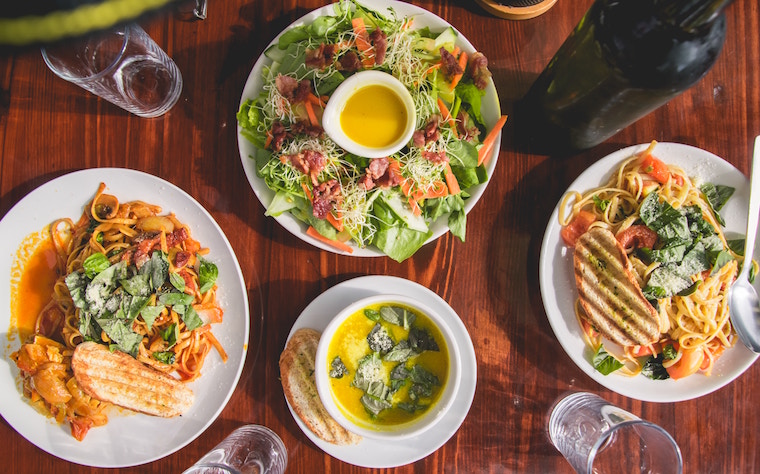
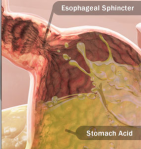 Reflux occurs when the esophageal sphincter is weak and allows the stomach contents to go back upward into the esophagus.
Reflux occurs when the esophageal sphincter is weak and allows the stomach contents to go back upward into the esophagus.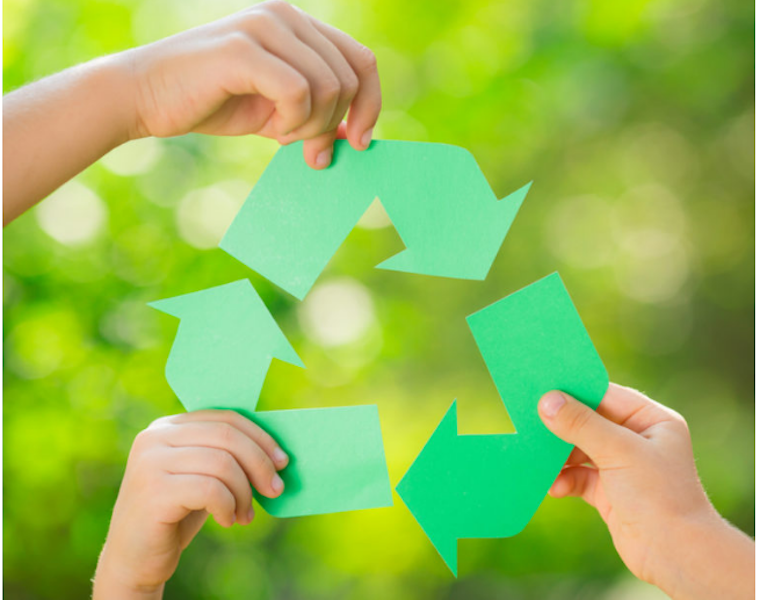
 and reusable drinking bottles such as the PiMag® Sport Bottle,
and reusable drinking bottles such as the PiMag® Sport Bottle,  this outrageous number can be reduced to help sustain the environment.
this outrageous number can be reduced to help sustain the environment.
